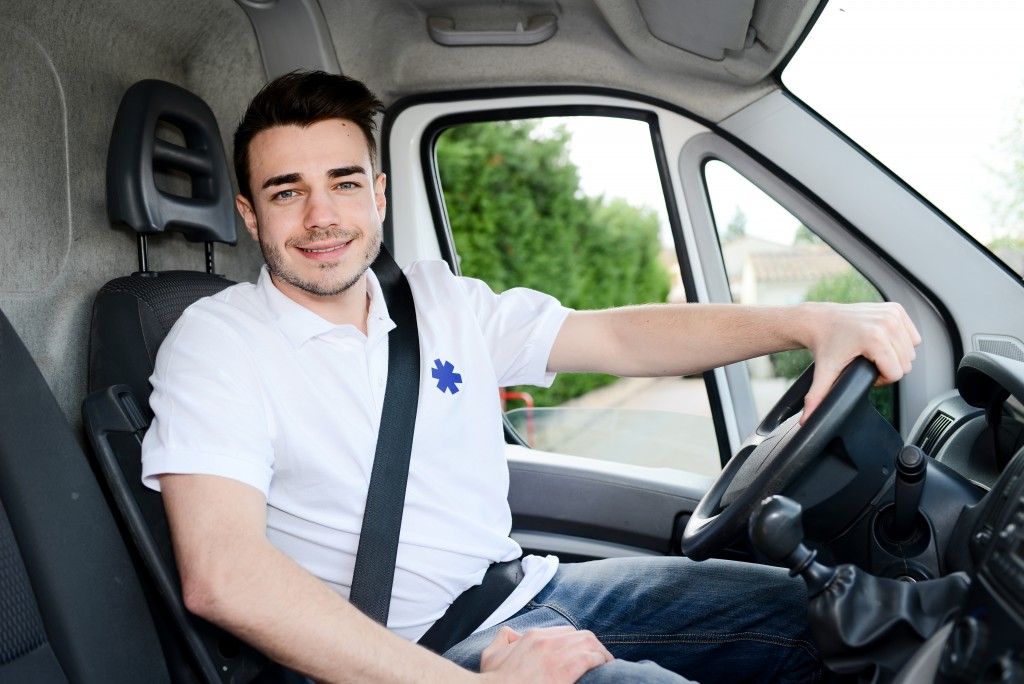Living in California means driving; you’ll need to get behind the wheel every day going to wherever you must be. The state was designed with the assumption that everyone has a car, and it has become world-famous for its car culture.
Unfortunately, with everyone spending so much time on the road, there are also a high number of vehicle accidents each year. And this danger extends to pedestrians. In Los Angeles, for example, despite recent measures to enact road safety, the proportion of pedestrian fatalities rose 42% in 2016. Without even getting into the numbers for physical trauma or brain injury, or the costs paid to lawyers and doctors, it’s clear that road safety is paramount for everyone in a city of drivers.
You can probably name some of the common causes of car accidents quite easily. Here’s why we need to address the root cause in order to keep people safe.
Speeding and recklessness
California strictly enforces speed limits. Unless otherwise posted, it’s assumed that you should go no higher than 25 mph on city streets, 65 for freeways. Yet across the world, major cities are going even lower in efforts to practice better road safety – Paris, and all of Sweden is going down to 30 kph (a little over 18 mph) in order to have zero tolerance on car accidents. Lower speeds give drivers better vision and reaction times and increase the chance of survival by around 6% per 1 mph speed decrease.
Most people actually don’t go over the limit for fun. They do it because they are in a hurry to get somewhere. In order to truly combat this problem at the root, we all need to deal with the need to rush on a personal level. Plan your day with the intention of slowing down your pace, and remember that road speed isn’t what slows you down – it’s actually bottlenecks and congestion at major intersections.
Driving under the influence

There is a legal threshold for blood alcohol volume (BAV: 0.08% in California), but do you know anybody who computes their BAV while having drinks at a party? Due to multiple factors, each individual has different alcohol uptake and tolerance. Thus, people who drink go by rules of thumb or a simple gut feeling of whether they can still drive or not.
We shouldn’t be asking how much alcohol is enough to be considered impaired or under the influence. When you consider the possible consequences of a car accident, the only question to ask is how many drinks can you take before your driving ability is reduced – and the answer is zero. Avoid drinking before you drive, or else get in the car with someone who hasn’t touched any.
Driving when distracted
Distracted driving is the most common cause of car accidents across the country. Many people get more comfortable in the driver’s seat with experience, and they do things that beginners wouldn’t consider. They multitask, take calls, send and receive texts; they take their eyes off the road.
There are many reasons for distractions, but if you enter the vehicle with the right mindset, then they won’t matter. Driving is an activity that demands full alertness – everything else can wait. Devote all your attention to the road, have your passengers (if any) handle other matters, and pull over if you must attend to something else.
In a land of cars and freeways, it’s easy to forget that driving is a privilege and a responsibility. We should take it seriously because of what’s at stake each time you get behind the wheel. Entering a mindset of safety is the best way to avoid accidents.

